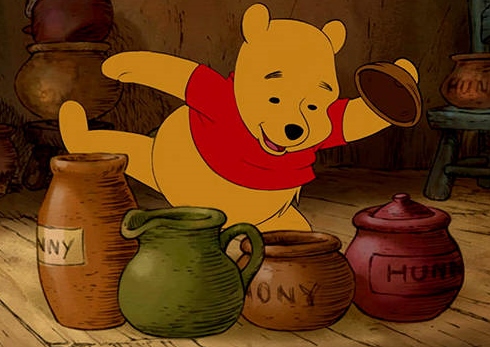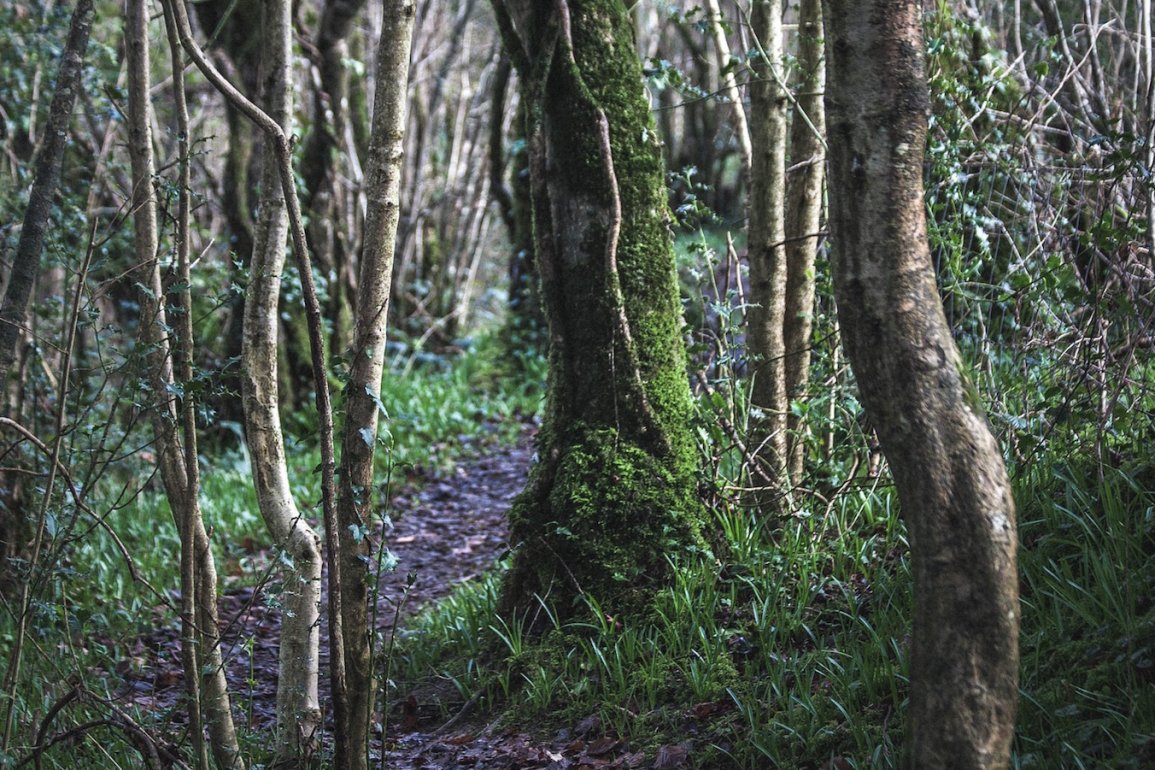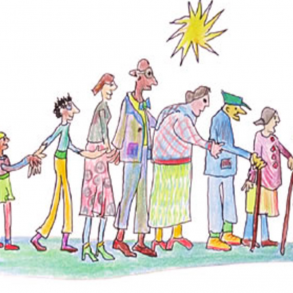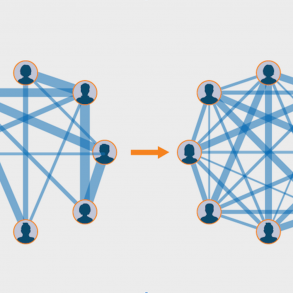By and originally published at Future Considerations
 For the last 20 years my specialism has been to work in situations that are often conflicted (sometimes high levels of disagreement and blame), with significant issues of either unrealised potential or underperformance, complexity, and often a feeling of stuckness or hopelessness amongst those involved.
For the last 20 years my specialism has been to work in situations that are often conflicted (sometimes high levels of disagreement and blame), with significant issues of either unrealised potential or underperformance, complexity, and often a feeling of stuckness or hopelessness amongst those involved.
VUCA (Volatile, Uncertain, Complex, Ambiguous) is a term growing in popularity to describe the conditions prevailing in many organisations and wider society. I’ve wondered of late whether the letter ‘V’ in VUCA could also be for Violent, to describe the frequent aggression, violence of language and tone, rapid polarisation, dismissal and denigration of the ‘Other’, that occurs in many situations.
What can you usefully do in such situations? How do you best proceed? What are the predictable potholes that many people fall into, unwittingly and painfully?
Our first response is often to draw on tools that are known to us and acceptable to our organisations. It’s only when the difficulty continues, when the pain intensifies and we know that we are at a dead-end, and where we care enough about the situation, that we begin to look for new ways forward.
The good news is that this isn’t personal. You’re discovering a universal truth that there are no blueprint, ‘paint by number’, off-the-shelf, toolkit solutions for VUCA situations.
What I’ve discovered, slowly over the years, are a set of navigation skills and a way of reading the landscape (my own inner world and the outer landscape of people, groups and organisations) that assist in finding a way through the challenging VUCA terrain in which we find ourselves. Slowly, I have learnt to accept uncertainty, confusion, fear, anger, blame and complexity as the predictable weather conditions one initially finds in such terrain.
So what are the essentials for navigation in conflicted, seemingly stuck and complex situations? What do you need to bring with you?
My family are all away in different parts of the country/world and it was amusing for me to see how much more lightly they pack than I do. There is a lesson there for my work, and perhaps yours. For too long I have made my work more complex than it needs to be, packed too many things that are not needed. I am reminded of the wisdom of the quotation ascribed to Einstein:
“Everything should be as simple as possible but not simpler.”
This work of letting go of things we no longer need – old behaviour patterns that no longer serve us, superfluous tools, hardwired ways of thinking that are less and less useful – is a big shift. This change in us is not like a one-off spring clean of the attic where we toss out old gear. If only it were so simple! Rather this shift in our internal navigation system (action logic is the technical term) is more like an evolutionary leap forward in our way of being and acting in the world. This may sound ethereal but in fact it’s absolutely critical. This shift is something we live our way into through experience, not something we think our way into.
So in the middle of a messy situation, where do you start?
- Remember the most important elements you bring to the situation are intangible.
Many of us have been schooled to think about organisations in very concrete terms (strategy, value statements, plans, processes etc.) and these are important elements. And yet, how we are individually, an element to which many of us give insufficient attention, is the one factor over which we have (potentially) most control. Wherever we are in this system (Top, Middle, Bottom, Customer, External Consultant…) understanding the power and contagious impact of how we are – how we show up – is critical: the quality of our attention (or degree of distraction) our presence (or absence), our attitude (curious? judgmental?), our compassion and capacity to understand and empathise with others’ worlds (and our self-awareness of what stuff triggers reflexive, dysfunctional responses).
- Wake up to the reality that you are contagious.
To test this, think for a moment about a person who has made a huge positive impact on you, even through a very short encounter. I am confident there was something about how that person was, that intangible quality we sometimes refer to as their state of being, that contributed to that positive experience. Now back to your organisation and its challenging situation, William O’Brien, former CEO of Hanover Insurance, drew this lesson from his experience of leading change over many decades: “The success of an intervention depends on the interior condition of the intervenor.” This isn’t an injunction to be a super-human leader or consultant but it is a recognition that the habits and qualities we cultivate impact others in ways we may not account for. We are contagious, for good or ill.
- Consider who you should engage.
Before setting off anywhere you need to think carefully about who must be involved. A generic principle, if you want to impact change across the whole system, is that at least three levels of the system should be involved from the outset; multiple viewing points on the situation exist and should be included. More specifically, as you think about who needs to be involved, ask:
Who cares (about this situation and the possible futures and what do they care about?)
Who knows (about the various dimensions of the current situation? About the history?)
Who can? (Who has formal authority? Who has key influence?).
- Create the necessary starting conditions.
Generating an agreement and a willingness to explore is the first step. Ask what the minimum conditions are that need to be present, in order for the different parties to join and come along. This is a subtle process: it’s not just asking, but listening beyond and between the words, for what wants and needs to be said but can’t easily be articulated yet.
- Decide whether this is a battle of messages or a space for you to learn and move forward.
I have a strong rational bias, a tendency to focus on thinking, the ‘facts’ of the difficult situation. Lately, in the midst of a highly conflicted situation where I had a lot at stake, I came to realise what being empathetic might actually mean, in practice:
Am I willing to sense and feel the emotional tone, texture, rawness of feeling(s) and needs of the other party, a process that can be highly uncomfortable?
Am I willing to entertain a more complex reality than the version of events that I hold as the ‘truth’, where I see myself as the innocent, the one with noble, pure intentions?
How wedded am I to the idea that I am the victim or unrecognised?
The story of a conflict is rarely as simple as we paint. There are many stories experienced from different vantage points. Motivations including our own are often mixed and more complex than they first seem. Interpretations are often drawn based on mis-reading the intentions of other parties, and actions have been taken based on these mis-interpretations. Do we want to be right and victorious, or is it more important to restore partnership? Vengeance is a powerful force, not to be underestimated, and often dresses itself up in more rational clothes, cloaking the desire to vanquish the other, under the guise of acceptable outer clothing. Given all of this, it can be significant progress to take a few exploratory steps together, each of which re-builds trust, collective insight, generates small signs of progress and a willingness to carry on.
- Learn to pay attention to the whole of your experience.
The days when we could rely on just our cognitive analytical intelligence are long gone; this is only the ‘entry stake’, to borrow a casino term. We need to develop and draw on our multiple intelligences – cognitive, emotional, spiritual, intuitive, aesthetic, moral – if we are to sense and navigate well in this VUCA world. Secondly, the intensity of VUCA stuff will trigger us into reactive, unskilful responses unless we discover our hot buttons, the ones that rapidly set us off into dysfunctional behaviours. Responding mindfully is no longer a ‘nice to have’ competence. Mindfulness, in the sense I am using it, creates alertness, flexibility, curiosity, courage and compassion to be and do what is needed in any given situation. Thirdly, our experience is potentially a clue to the state of the system and our relationship to it, for example our sense of feeling burdened and alone with this issue may be a clue that we have sucked up responsibility and isolated ourselves from others. This awareness gives us choice.
- Create conditions that support authentic, courageous and compassionate speaking and listening.
It is amazing how much of our talking and listening is not this. And how fresh it feels, and rare it is, when there is a genuine exploratory and inquiry quality to our speaking and listening. There are simple and powerful conditions (practices and structures) for more effective talking and listening that we can co-create in small and large groups. These make an enormous difference and have the best chance of illuminating the personal and the systemic dimensions of the conflicted situation. What is shocking is how often these conditions are absent with disastrous consequences for our human systems.
- Discover the key patterns that are debilitating your system and those that are healthy and productive.
I have found the work of Barry Oshry to have a depth, rigour and practicality in understanding the predictable dysfunctional patterns that human systems regularly fall into as well as those that restore personal and organisational health and vitality. Oshry’s work and research over the last 40 plus years highlights the core processes that sustain or undermine any human system. There are literally thousands of systems models and approaches out there. It’s a fool’s errand to try and master them all. What is useful is to know a few deeply enough to help you dynamically steer in this complex world. Oshry’s systemic perspective corrects the erroneous belief that our problems are primarily personal, that if we were to fix or change the individuals, our problems would go away. Patterns often persist even when you change the players. What is so often missed is the importance of context in shaping our experience: the experience of ourselves, how we see and feel about others, and the relationships playing out between us. Learning to see, understand and master the (systemic) contexts we and others are in, gives us a better chance of surviving, adapting and thriving in this turbulent world.
What can Winnie the Pooh teach us about complexity?
Writing about the VUCA world reminds me of the Winnie the Pooh film and the scene where Rabbit, Pooh and Piglet are lost in the mist in the 100 Acre Wood. Over-confident Rabbit is sure he knows how to navigate in the mist, but his strategy serves only to bring them round in circles back to the sandpit. Rabbit refuses to examine his tactics or his assumptions and in fact strides off on his own to show Pooh and Piglet he knows what he is doing. Rabbit ends up lost and bewildered, on his own, his mind playing tricks on him. In contrast, Pooh knows that he is lost and admits he doesn’t know the way home. Authenticity breaks through for the first time after Rabbit’s bluster. Now Rabbit has stopped talking, Pooh can listen to the 12 pots of honey in his cupboard calling him home.
I will be leading two workshops in July 2017 addressing different aspects of this article. I hope you can join me.
When Cultures Meet- What’s Possible? – how to harness the potential of diversity in organisations and create robust, inclusive cultures, 12 July 2017, Brighton, UK.
Resilient Leadership for Turbulent Times – an introduction to the ground-breaking work of Barry Oshry, 14 July 2017, Brighton, UK
There is a discount on these programmes to Enlivening Edge readers (£75 off private sector fee, £50 off charity/public sector fee). Please enter the promotional codes EEDGEPVT (for private sector registrations) or EEDGE (charity/public sector) when booking online.
Photo credit: Disney
Republished by permission of the author.
Featured Image/graphic link added by Enlivening Edge Magazine.




